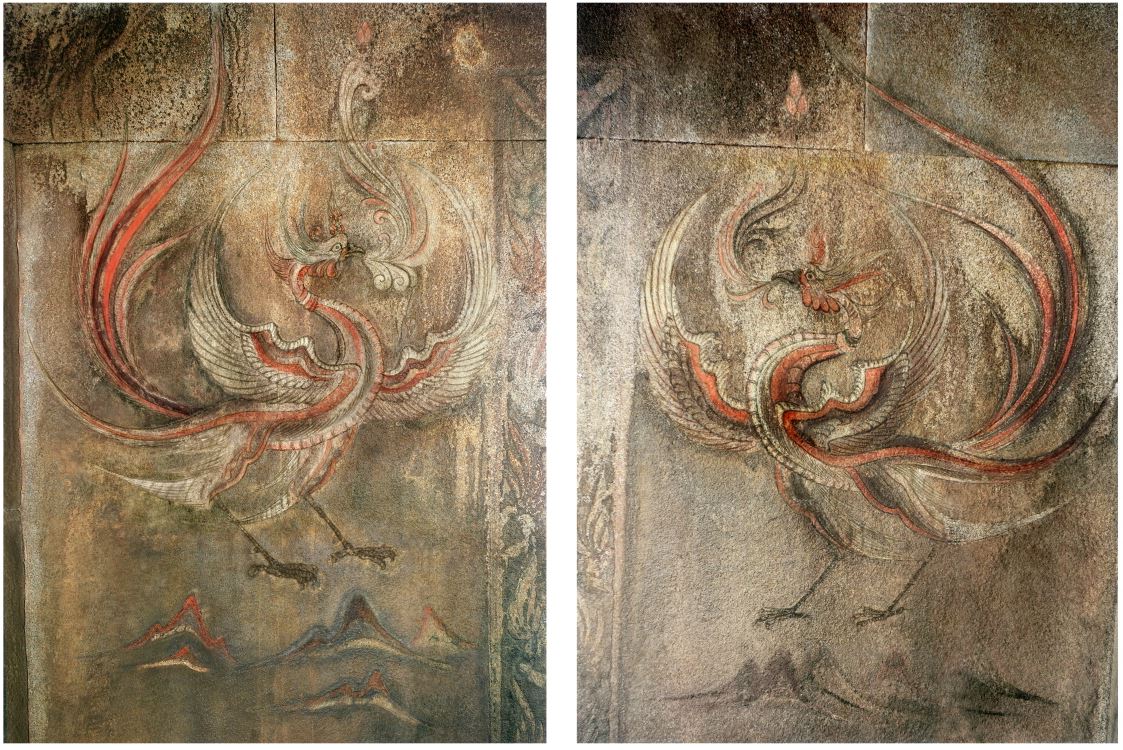

These systems are certainly very ancient. A tomb found at Xi Shui Po (Henan) from around 4000 BC had bones and shells with the images of the Big Dipper, the Azure Dragon and the White Tiger. Star names related to the 28 mansions can be dated back at least to 3200 BC, and all the mansions are depicted on a lacquered box from 433 BC. The idea of a temporal system based on the 12 branches and ten stems – the basis of a 60-year cycle – according to legends, originates from 2607 BC. Star constellations – smaller than their western counterparts – were also set up. By the time of the Three Kingdoms (220-280 AD), the number of constellations reached 283, and 1464 stars were listed in a star catalogue.
Chinese astronomers also recorded eclipses, solar flares, sun spots, supernovas and comets, the latter usually called “guest stars”. The first recorded solar eclipse dates back to 2136 BC. They also observed a supernova in 185 AD and another one in 1054 AD. The remnants of the latter are known to us as the rapidly expanding gas cloud of the Crab Nebula. In 1059 BC, Chinese astronomers also recorded the passage of the Halley Comet. With the aid of advanced mathematics by 500 AD, Chinese astronomers established the length of the year as 365.24 days, which is very accurate to the standards of the age.
This is only a glimpse into the unique and fascinating world of early Chinese astronomy, which still offers a lot to discover for scholars all over the world.
The author is a Researcher at the Institute of Space Law and Policy at the Ludovika University of Public Service (NKE)